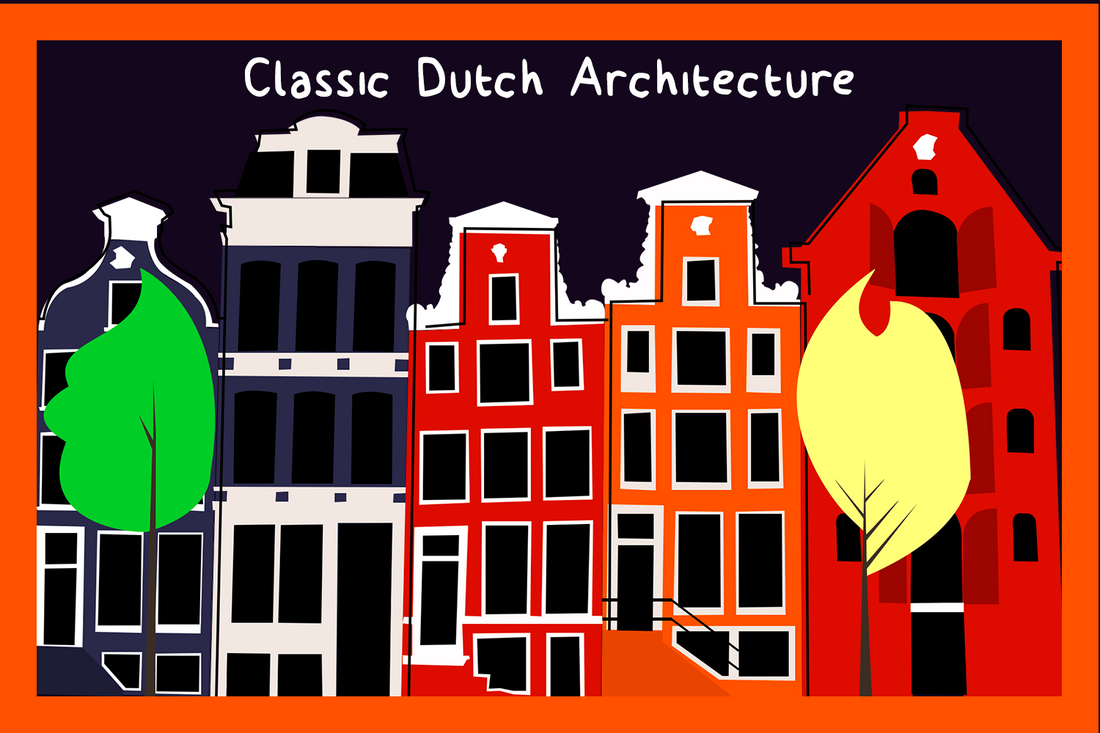The Netherlands, a country often depicted with tulips, windmills, and wooden shoes, holds another gem in its cultural treasure chest: its distinctive architecture. Over the centuries, the Dutch have showcased a knack for combining functionality with aesthetics in ways that surprise and captivate. From cities like Amsterdam to Utrecht, architectural wonders await around every canal bend, whispering tales of history, innovation, and a unique Dutch way of life. In this exploration, we'll delve into the architectural features that define the Dutch skyline, offering glimpses into the reasoning and history behind each quirk. Let's embark on this brick-laden journey and unearth the stories etched in Dutch facades.
Narrow, Tall, and Majestic

If there's one thing that often catches the eye of a traveler ambling through the Netherlands, it's the towering, slender edifices that line its cities. These buildings aren't just slim for style’s sake; there's a rich history interwoven into their brickwork. Historical city regulations often taxed properties based on their width, pushing architects and homeowners towards maximizing vertical space. This gave rise to these characteristically tall and narrow Dutch buildings, a delightful peculiarity amidst the cityscape.
Let There Be Light (and Lack of Curtains)

Dutch homes and their sprawling windows can spark a game of "peek-a-boo" with passersby. But why the open exhibition? The Dutch hold ‘gezelligheid’ close to their heart, a term roughly translating to a cozy, convivial atmosphere. Windows bereft of curtains invite sunlight in, creating a warm interior and a connection to the outside world. Plus, there's an underlying principle: transparency. By keeping interiors visible, the Dutch exhibit trust and openness, an ethos embedded in their culture.
Scaling the Heights: Steep Staircases
If you've tried to lug a suitcase up a traditional Dutch staircase, you've likely had a workout that would make any fitness enthusiast break into a sweat. These staircases aren't just a quirk; they’re a product of the aforementioned tall and narrow architectural design. With limited width, architects had to go steep to ensure that the staircase fit and that usable living space wasn't compromised. But don't worry, there’s a method to tackle these steps: always lead with your best foot!
A Hook, Line, and Living Room Sofa

Perched atop many a Dutch building, one can spot a peculiar appendage: a hook. This isn't a homage to maritime history or a pirate trend gone awry. Instead, these hooks are rooted in sheer practicality. Given the narrow staircases, it’s often impossible to navigate furniture through the inner twists and turns of the buildings. The solution? Haul it up from the outside using ropes and the strategically positioned hook. It's both genius and a testament to Dutch pragmatism.
Laying Foundations: A Battle Against Water
The Dutch have a long-standing relationship with water – sometimes adversarial, often harmonious. With much of the land below sea level, building here demanded innovation. Hence, many buildings, especially in cities like Amsterdam, are founded on wooden piles driven deep into the clay, peat, and water till they reach the first layer of solid sand. Over time, some of these wooden piles have deteriorated, causing the buildings to tilt, adding to the ‘dancing houses’ phenomenon.
Bricks and Styles: The Dutch Renaissance
Dutch architecture isn't solely about tall, narrow homes. The 16th and 17th centuries witnessed a renaissance – a Dutch version of it. Buildings from this era exhibit intricate brickwork, luscious stone detailing, and a harmonious blend of symmetry and ornamentation. Facades became an artist's canvas, and step-gables turned into an architectural signature.
Modern Times and Sustainable Dreams
In recent times, the Netherlands has been at the forefront of sustainable architecture. Harnessing wind, water, and solar energy, modern Dutch designs seek harmony with nature. The juxtaposition of historic buildings with cutting-edge, eco-friendly structures provides a window into the Dutch ethos: revering the past while innovating for the future.
Concluding the Dutch Delight
Dutch architecture, in all its glory, reflects a people adept at problem-solving, valuing transparency, and embracing both history and innovation. From its towering homes to wide-open windows, every brick and beam tells a tale of the land, water, and the indomitable Dutch spirit.

